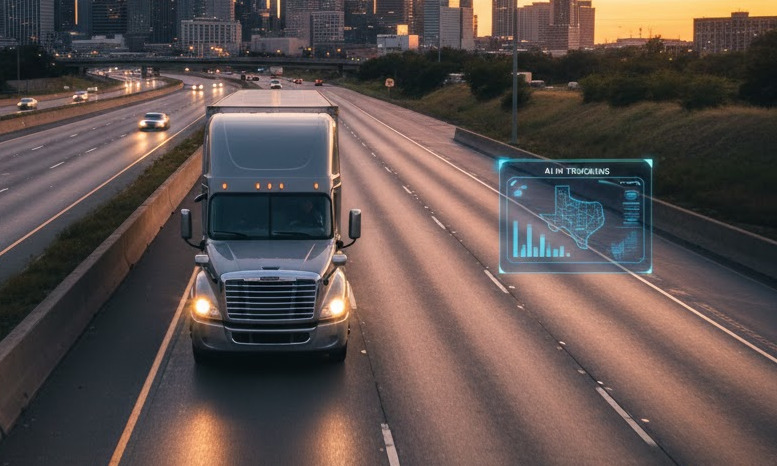The American trucking industry is running out of steam, not only due to recent Department of Transportation moves (e.g., barring non-citizen drivers from the profession) but also because of an aging workforce. A report issued by the American Transportation Research Institute (ATRI) rings the alarm, suggesting that urgent action is needed to attract new blood to the profession.
📊 The Aging Driver Crisis
Based on 2023 government statistics, ATRI has determined that the average age of an American truck driver is currently 47 years old. This is a small but significant increase compared to 2017, when the average was 46 years. Crucially, this age is clearly higher than the average for the entire American labor force, which hovers around 42 years. Furthermore, an internal ATRI survey found that their own respondents are even older, with an average age of 58 years.
💰 Not Just About the Money
The report suggests that salary expectations are not the main obstacle to recruitment. Although earnings vary by region and industry segment, the U.S. Bureau of Labor Statistics estimates that the average annual salary for a CDL-holding driver is $57,440. So, the money is there; the problem lies elsewhere.
The ATRI report indicates that younger candidates prioritize:
- Work-life balance.
- Collaboration and support from managers and colleagues.
- Access to apprenticeship and internship programs to ease their first steps in the industry.
🛡️ Insurance and the Teen Driver Gap
An additional problem is the issue of insurance. Insurers often charge higher premiums to younger drivers, creating a solid financial barrier for young people.
This same problem of higher premiums affects young passenger car drivers, which—as ATRI notes—is one reason why obtaining a driver’s license is no longer a priority for some teenagers. This impacts the talent pool in trucking, as a Commercial Driver’s License (CDL) can only be obtained after possessing a regular driver’s license. The data is alarming: in five states, at least 20% of residents over the age of 16 do not hold a driver’s license at all. In New York, this percentage reaches 25%. The lack of young drivers is a direct cause of the widely reported driver shortage.
💡 Proposed Solutions and Future Tech
ATRI’s conclusions are specific. Alleviating the crisis could be helped by:
- Encouraging the recruitment of young people from the foster care system.
- Increasing opportunities for young candidates with criminal records (prior convictions).
However, small tech companies already have a different, futuristic solution up their sleeves. In recent years, an intense race has begun to create the first commercial, autonomous, unmanned truck. Texas is emerging as a major development hub for this nascent industry. While successful tests of autonomous vehicles on public roads have already taken place, regulatory issues and high costs may suggest that the mass deployment of self-driving trucks is still a long way off—if it happens at all.
